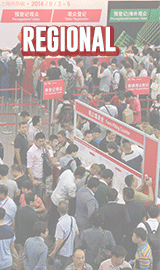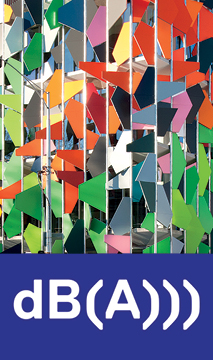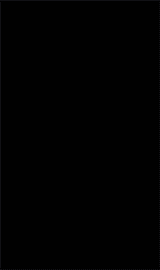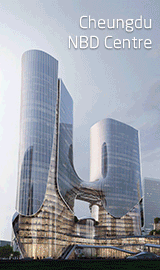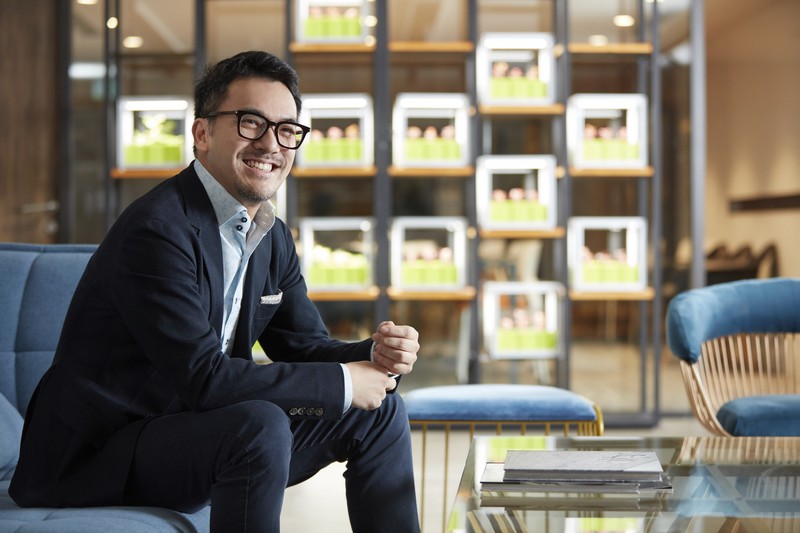
There is a fundamental difference between ticking all the boxes off a planning guideline and designing a liveable city.
“Meeting planning requirements is important,” said Gregory Leong, recently appointed as Director at LWK + PARTNERS to oversee its Planning & Urban Design Team. “But urban design goes further than the structural arrangement of buildings and land parcels.”
The US-licensed architect has over 20 years working in Hong Kong, Macau, mainland China, Southeast Asia, and the US, and his expertise ranges from masterplanning, urban design, adaptive redevelopment planning and resort planning to architectural and landscape design.
“Great urban design is about thinking what a city and its people really need. It involves striking a balance between policy objectives and human experience.”
Achieving that balance requires both experience and intuition. Here he outlines four key strategies:
Begin with an ‘urban image’
When approaching a project, Greg always starts with the question ‘What kind of urban image do we envision for this city or district?’
This image, rather than land parcelisation and infrastructure, will define the characteristics of the place and its spatial quality, and must be drawn from the city’s historical background, natural surroundings, geographical location, economic development and socio-demographics. The design blueprint is then conjured by curating a mix of landscapes, waterscapes, buildings of various heights and coverages, colours, materials, and so on, to form a distinctive style and impression for the project.
“There is a delicate balance between planning, which is structured, and design, which is creative and requires thinking out of the box,” said Greg, “sometimes we have to break our own rules in order to achieve the best effect, because the rules cannot be catered to all situations. For instance, a common approach is to have a descending building height towards the water, but a taller, prominent landmark on the waterfront amid lower buildings may create a more interesting skyline, and a sense of identity. We must stay open to the options and be mindful of our choices.”
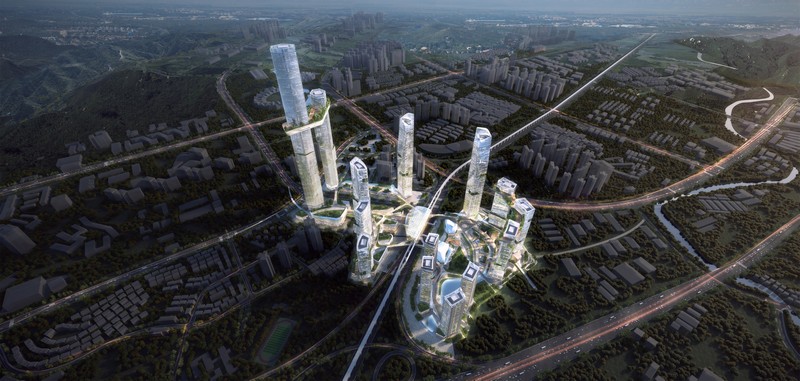
Vitalise activity with mixed-use zoning
“We need to think beyond economic and civic functions. As mixed-use schemes are fast becoming the default mode of development, land use zoning must keep up with the trend to allow flexibility, choice and diversity,” Greg explained.
Commercial, institutional and recreational facilities are to be interpolated within residential clusters. Cities and communities that encourage local employment, creative solutions for the public realm, retail experiences that cater to all, spaces for pleasant evening runs, outdoor activities, street performances and sitting around with friends, are good responses to people’s increasing demand for a healthy lifestyle and their need to socialise with each other. The breadth of human activity should not be limited by pre-defined land uses.
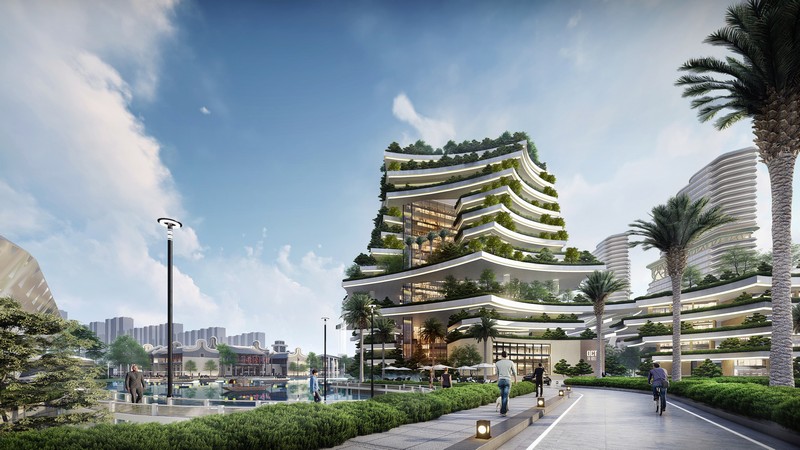
Make places accessible and links efficient
Commuting is a big part of urban life. Ensuring that people, regardless of age, background or bodily or mental states, carry out their everyday life with ease is necessary for building a world-class city.
Urban efficiency is two-fold. Mixed-use neighbourhoods reduce the demand for commuting while greener transport leads to better environmental quality, which is why transit-oriented development (TOD) is at the centre of the movement towards liveable cities.
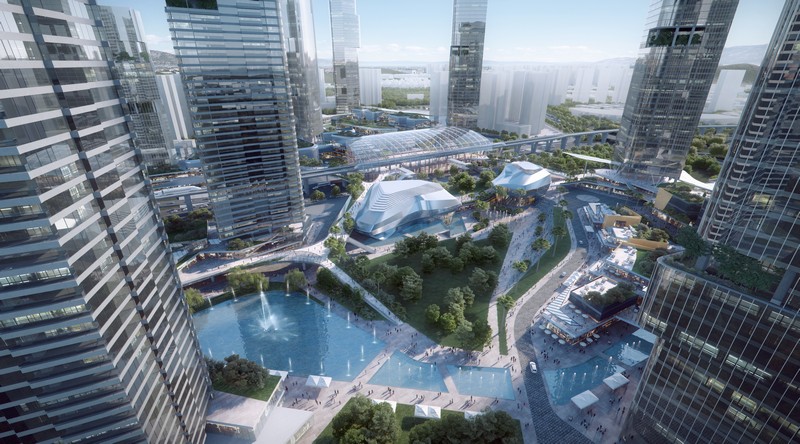
“TOD deals with railways and metro,” said Greg, “but the essence of our design is how to enrich peoples’ lives along the journey. In our projects we use underground spaces, sunken plazas, elevated cycleways and extensive pedestrian networks to facilitate and guide them for a richer urban experience. It’s also about encouraging people to live actively for health and wellbeing.”
Today’s urban experience is increasingly defined by the time people spend on the street. “Walkability is vital for creating happy, healthy communities. This includes building comfortably wide sidewalks, designating car-free or car-light zones, and lining our streets with pleasing greenery,” said Greg.
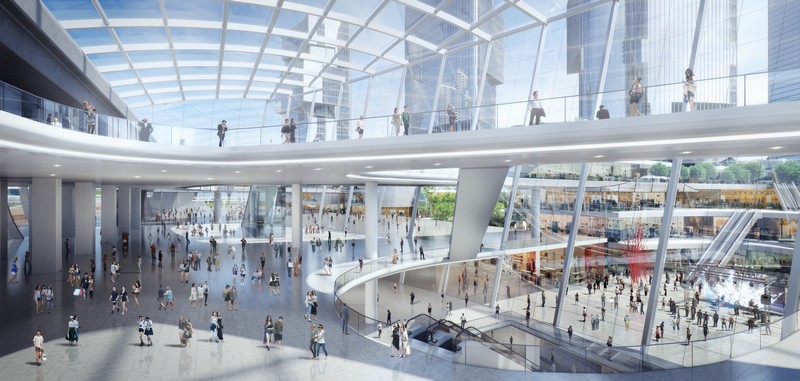
Respect local culture, history and social relations
Streetscapes and public spaces in particular must be designed according to local customs, culture, demographics and social relations.
“In Chinese culture, for example,” said Greg, “The high street is the most natural and welcome form of public space. These traditionally vibrant places stimulate conversations, help local businesses thrive, provide dining spaces for family and kin to spend festive occasions together, and offer a nightlife entertainment hub. Large squares, on the other hand, are more of a western phenomenon, which is usually formed by churches and municipal buildings, to create relatively formal settings or serve commemorative purposes.”
“Spatial relationships must be considered from both macro and micro perspectives,” said Greg, “Planning is top down and design is from the ground up. Our best result is somewhere in between. Functionality and spatial experience are equally important for any city, district or neighbourhood. Ultimately, we want our inhabitants to be proud of the place they live in.”
LWK + PARTNERS is a leading design architecture practice rooted in Hong Kong, with 1,000+ creative minds collaborating across a strong global network of 12 offices to deliver world-class solutions to the built environment.
For further enquiries, please visit www.lwkp.com.


